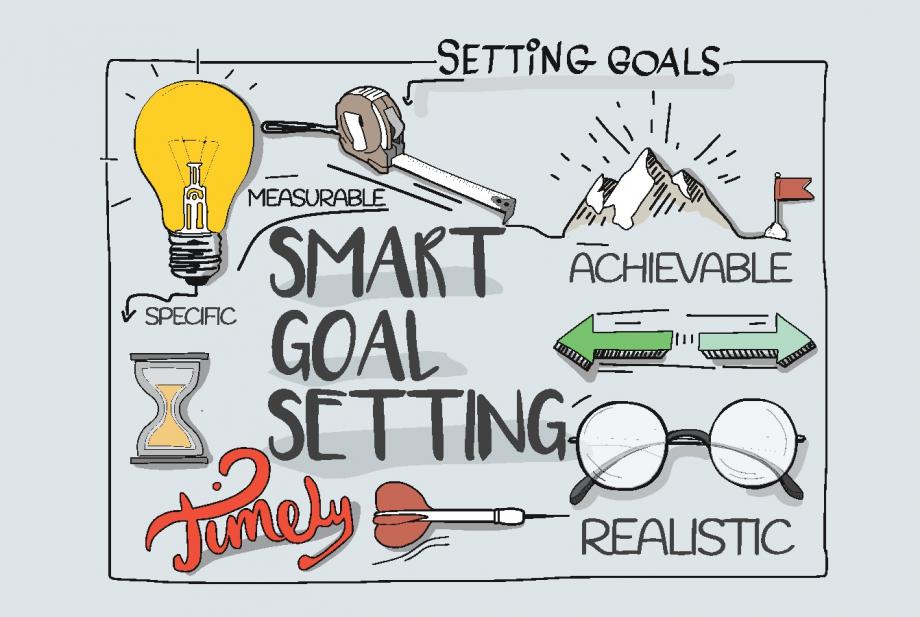STAY TRUE TO YOUR NEW YEARS RESOLUTION
Turning the page on the new year is a chance to wipe the slate clean—and to be better versions of ourselves. And when it comes to what we want to improve, goals that fall in the health and wellness arena top all other New Year’s resolutions.
Are You a New Year’s Resolution Newbie, Master or Flunkee?
Turning the page on the new year is a chance to wipe the slate clean—and to be better versions of ourselves. And when it comes to what we want to improve, goals that fall in the health and wellness arena top all other New Year’s resolutions. In fact, three of the top four resolutions in a recent poll were health-related: eat healthier (1), get more exercise (2) and focus on selfcare, e.g., get more sleep (4).
There are three types of people who choose a goal from the health and wellness category as a New Year’s resolution: the resolution newbie, the resolution master and the resolution flunkee. Let’s see which category you most identify with—and how focusing on the right strategy can help you get healthier in the new year.
Resolution Newbie
Maybe this is your first time making a commitment to your health and wellness. Good for you! Did a recent event like a health scare or loss of a loved one make you see the light? Or perhaps you want to be more active to enjoy activities with your grandchildren or to carry your own bag on the golf course. Whatever your goals are, taking that first step is a big one so you’ll want to be sure that you’re prepared for the challenge. Particularly when exercising for the first time or returning to an active lifestyle after a long hiatus, it’s important to have the proper information and tools to be successful. And that means tapping the healthcare resources available to you: Clinicians like nutritionists and physical therapists can make sure that your body is prepared to take on new challenges and work with you to a design a program that will help you achieve your goals.
Resolution Master
Perhaps you fall into a different camp: You vowed to get healthy in 2020 and you achieved it! For 2021, your resolution is to continue the work you’ve begun. After all, living a healthy lifestyle is a lifelong commitment; it’s not something you do for a while and then revert back to your former habits. As you prepare to embrace the new year, are there any small tweaks you can make to advance your goals? Maybe you’re thinking about training for and running a half marathon, but don’t know where to begin. A physical therapy evaluation is a great place to start—PTs are trained to assess your movement patterns and identify any limitations or weaknesses. Based on that information, the PT can design a personalized exercise program to help you safely and effectively prepare for the grueling half marathon course.
Resolution Flunkee
Let’s say your plan for 2021 is to get in better shape and improve your overall health (we support that resolution!), but this isn’t your first rodeo. Your 2020 resolution was pretty similar but it’s one year later, and you’re in the same place you were on New Year’s Eve 2019. What stood in your way—was it time? Affordable options? Access to healthy choices and activities? If any of these barriers sound familiar, then along with your resolution, you need an action plan. Without planning ahead, you’ll find yourself staring down the year 2022 with the same goal in mind. But let’s not focus only on the negative—what went right last year? Maybe you made sleep a priority, which in turn helped you to make better food choices at breakfast but by afternoon, you found yourself choosing to energize with a soda and candy bar when all you probably needed was an apple and a 15-minute walk. Take some time to think about the previous year—good and bad—and take with you what you need, and leave the rest behind. Afterall, you can’t plan where you’re going without understanding where you’ve been.
Which resolution type are you? Need help getting start with your Resolution and Goals?
We have all heard of the importance of it, but you might not have thought about setting goals for your rehabilitation process. However, we are big believers that goals signify importance and allow us to have something to keep us on track as we work towards a better version of our former self.
SMART is an acronym typically used to describe effective goal setting. It stands for Smart, Measurable, Achievable, Realistic and Timely. We can break these out in a more general sense, as seen below:
Smart → Well defined, clear
Measurable → With specific metrics and/or criteria that measure your progress towards the accomplishment of the goal
Achievable → Attainable and not impossible to achieve
Realistic → Within reach and relevant to your life purpose
Timely → Including a start date and target date reinforces urgence and creates urgency
But if we want to get more specific to setting goals for our rehabilitation:
Smart
- Create a plan for your days, weeks and months to include rehabilitation time
- Benchmark the difference between your starting point and where you would like to get to
Measurable
- Document your progress
- Communicate the effectiveness with your physical therapist
Achievable
- Work with physical therapist to set realistic goals
Realistic
- Criteria that define progress towards previous activity level
Timely
- Relative timeline or prognosis
- Anticipated number of sessions or weeks/months of care


